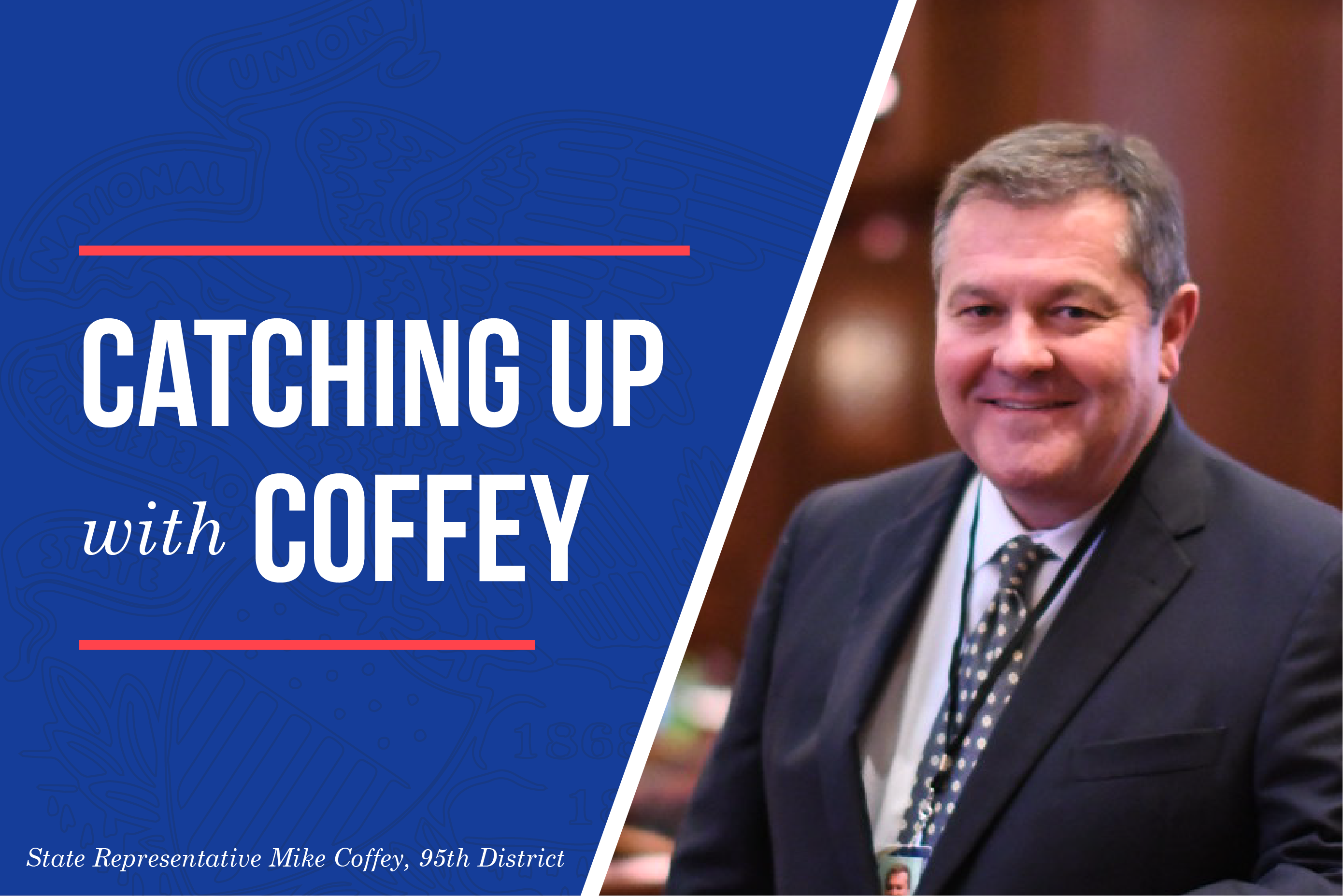Firearms
Illinois gun ban faces federal appellate court. The controversial law, which many believes violates the constitutional rights of law-abiding gun owners, is facing a panel of Seventh Circuit appellate judges. Enacted by a “lame duck” session of the General Assembly in January 2023, the law contains provisions that purport to ban certain types of firearms, firearm fittings, and ammunition in Illinois. Most House Republicans voted against the bill as a violation of the state and federal Constitution. Gov. Pritzker quickly signed the partisan proposal into law. The law was then briefly halted by an injunction, citing constitutional grounds, handed down in April 2023 by federal District Court judge Stephen McGlynn. Judge McGlynn found that the Illinois law was so flawed that it would be unlikely to survive a court case. The current Seventh Circuit case is a consolidated appeal of Judge McGlynn’s decision and certain other cases filed against the controversial law.
Current federal case law, from the U.S. Supreme Court, directs the federal district courts and appellate courts to grant full standing to the Second Amendment rights of individual Americans. Longstanding principles of constitutional law forbid the breach of a constitutional right except in cases of urgent, compelling public interest.
Opponents of the 2023 Illinois gun law have presented evidence to the court that the law goes far beyond the requirements of compelling public interest. Friend-of-the-court briefs have been filed by multiple state Attorney Generals, Second Amendment advocacy groups, and law enforcement groups to encourage the appellate court to strike down the controversial law.
Transportation
New six-year Illinois transportation plan. The Illinois Department of Transportation’s Multi-Year Plan, largely funded by motor fuel taxes charged to purchasers at Illinois gas stations, will spend an estimated $41 billion on roads, bridges, and other transportation projects. With almost two-thirds of the six-year total slated for roads and bridge work, IDOT said its priorities are to repair and reconstruct 2,866 miles of roadway and 9.8 million square feet of bridge decking on the State-funded highway system.
The State is responsible for major highway mileage in Illinois, including roads that are marked as “U.S. Highways” and “Interstate highways.” Complex formulas, supervised by the federal Department of Transportation, funnel billions of dollars in federal highway aid to Illinois to create matching funds for work done to federal mandate standards. These formulas encourage the states to create compacts to build bridges across state boundary lines. The six-year plan includes proposals to construct major new highway bridges to Missouri at Quincy, Illinois, and to Kentucky at Cairo, Illinois.
Non-highway transportation is slated to get $14 billion in capital spending, slightly more than one-third of the total. This includes $10 billion for mass transit, almost $2.7 billion for freight and passenger rail, $1.25 billion for aviation, and $190 million for ports and waterways. The historic Illinois Central main line, which runs from Chicago to Carbondale, Illinois in southern Illinois, is scheduled to get a major upgrade.
IDOT’s Multi-Year Highway Improvement Plan: repcoffey.com/2023/07/10/rep-coffey-on-idots-multi-year-highway-improvement-plan/
Local Government
Illinois Democrats continue to shortchange funding for local municipalities. The Local Government Distributive Fund (LGDF) was enacted in Illinois following the passage of the state income tax in 1969. A key element of the agreement was the establishment of revenue sharing, with local governments receiving a percentage of the income tax revenues on an annual basis. From the establishment of the state income tax until January 2011, this percentage held firm at 10 percent. However, due to a recession and amidst budget shortfalls, that percentage was reduced to six percent in 2011 by the Democratic-led General Assembly. It has never been made whole since, dropping to a low of 5.45 percent in 2017. In the most recent budget that was passed for fiscal year 2024, local governments are receiving 6.47 percent, a tiny climb from the 6.16 percent figure in the 2023 budget. Illinois House Republicans have fought to restore this critical revenue source for local communities back to the intended 10 percent figure. State lawmakers have put forth income tax increases in 2011 and 2017 while at the same time reducing the percentage of money to be shared with local governments. LGDF revenue helps local governments fund essential services and programs, such as public safety, public health, and basic infrastructure and repair. This shared revenue also helps reduce the amount of revenue local governments collect through local taxes.
Despite claims of a ‘balanced’ budget by the Democrats, the State is continuing to shortchange local communities and utilize revenue earmarked for municipalities to cover its own budget shortfalls. The budget is already loaded with gimmicks by the Democrats, with a Department of Revenue reallocation that shifts $700 million from the Personal Property Replacement Tax into the General Revenue Fund. And while the Democrats are playing games with every citizen’s tax dollars, local governments’ budgets continue to be stretched thin. LGDF accounts for sizeable portions of a municipality’s operating budget, in some cases between 10 and 20 percent. This amounts to millions of dollars annually, and in addition to skyrocketing costs due to inflation and the continued residual effects of the pandemic, municipalities are faced with ever-rising pension costs, which account for substantial budget increases each year.
“This budget deflects critical needs of local governments and residents of Illinois,” said Rep. Coffey.” Increasing taxes and reducing a vital revenue source to municipalities does not build growth for our communities.”
